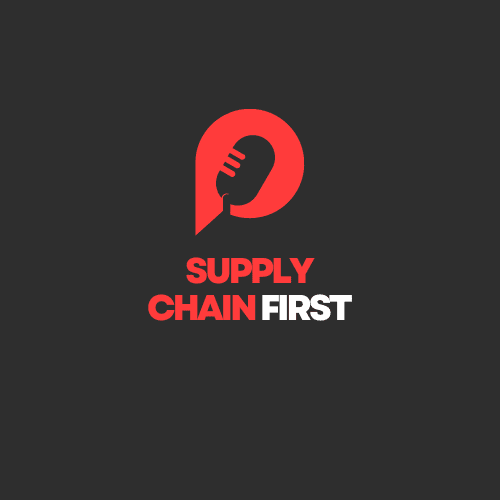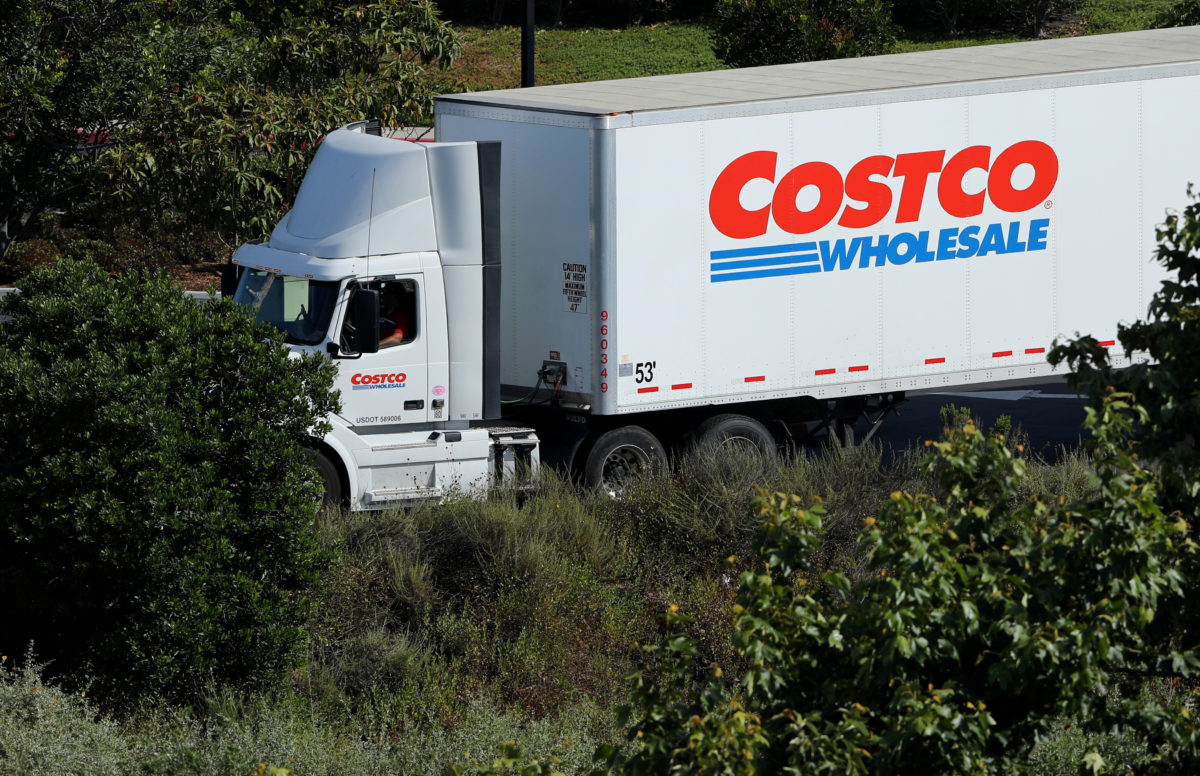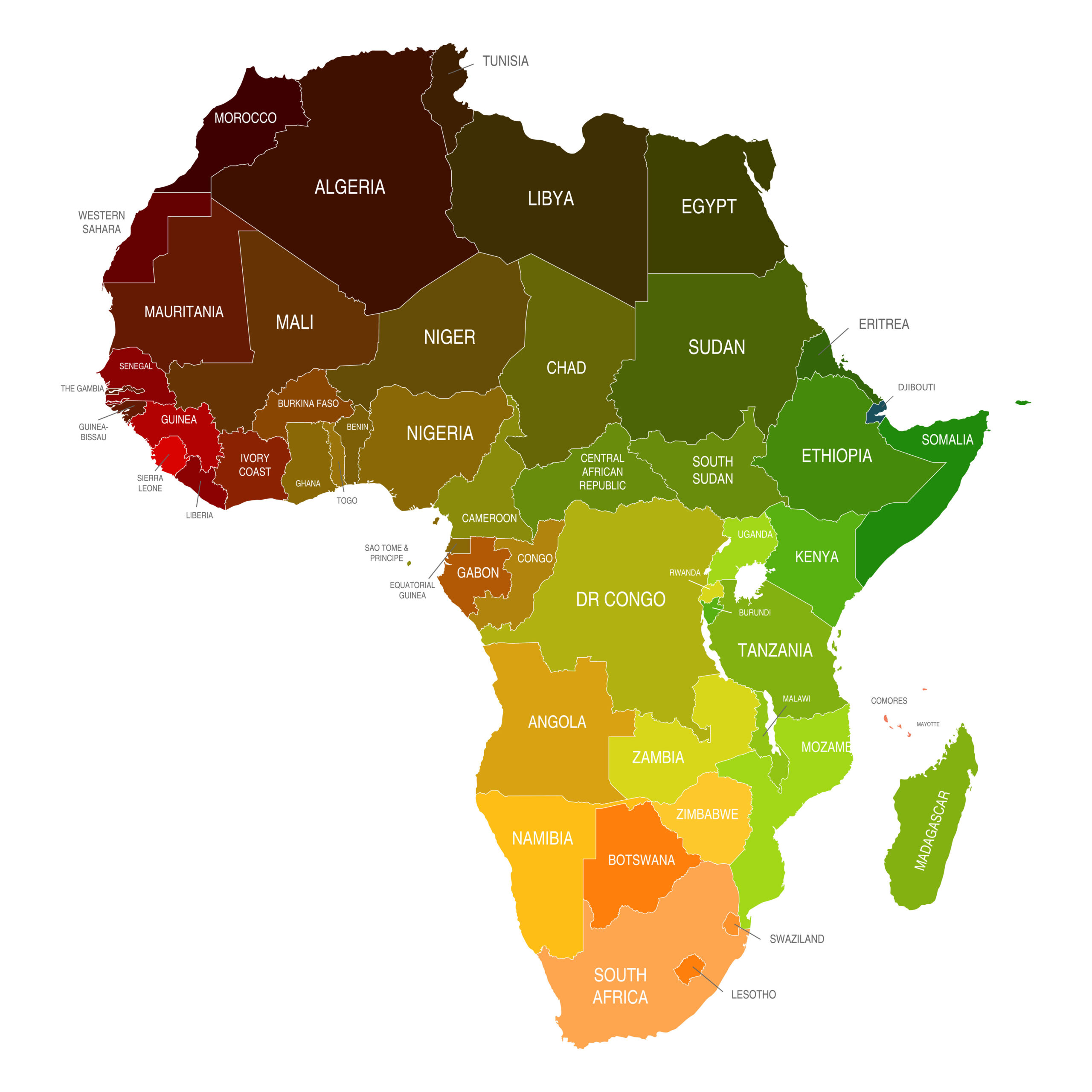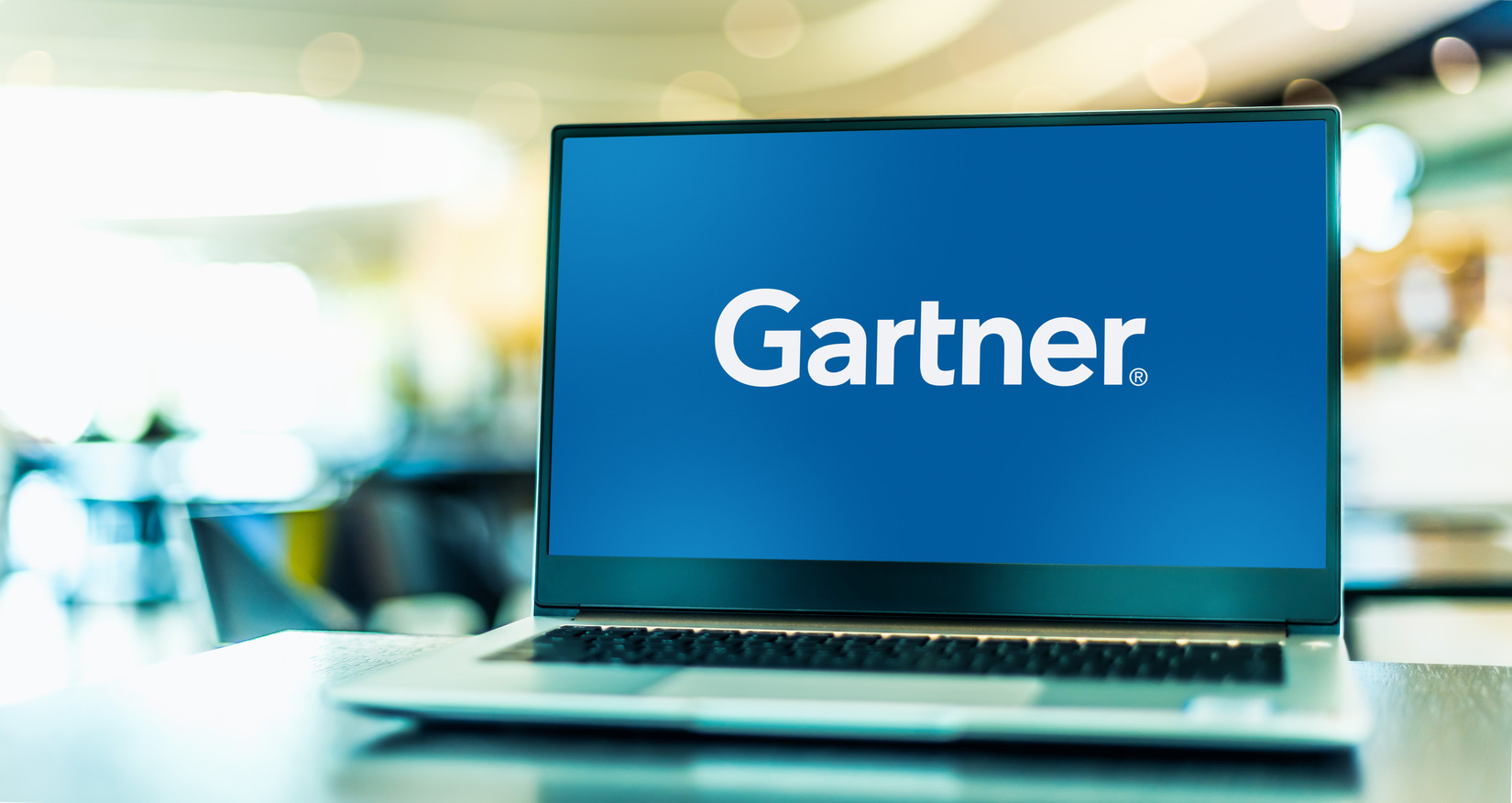Top 50 Global Retailers of 2025: How Walmart and Amazon Continue to Lead
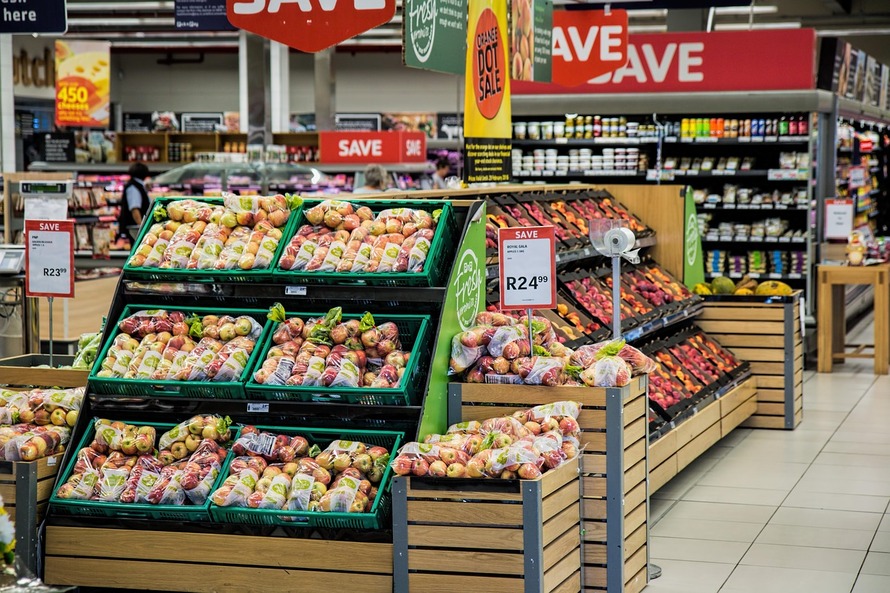
A fresh look at the most influential international retailers, based on their operations since the start of 2024.
The National Retail Federation released this year’s Top 50 Global Retailers list, with Walmart once again reigning supreme, and Amazon and Costco firmly securing spots in the top five. The rankings reflect a year in which most market uncertainties stabilized. Many countries saw a much stronger 2024, particularly in supplying goods and services to markets like the United States, where consumer spending remained strong.
What Factors Drive These Retailers?
Supply Chain and Labour Dynamics
Potential rail and port union strikes in the United States and Canada caused retail import delays. Retailers pre-shipped seasonal goods, leading to crowded stores with overlapping back-to-school, Halloween, and Christmas displays.
Shipping disruptions from warfare in the Red Sea and drought in the Panama Canal caused delays but only moderate cost increases, as a result of new vessels with 10% more capacity. Retailers slowed investments in merchandising and digital tools but focused on new retail media for additional income. Labour costs became a bigger issue than shortages, with chain drugstores struggling to fill pharmacy roles, while tech and better-trained staff came at higher costs.
China’s Economy and Retail Growth
China’s weak economy and housing market slowed retail growth post-COVID. Retailers in the United States, Canada, and Japan, which relied on Chinese tourism, did not see the expected surge in visitors. Even within China, both retail and e-commerce growth remained flat.
Cyberattacks and Organized Retail Crime
Cyberattacks, retail crime, and violence remain high in the United States and Europe, with organised theft groups becoming more sophisticated. Retailers face supply chain theft, fraud, and financial schemes. While retail was often collateral damage in cyberattacks, Ahold Delhaize’s systems were disrupted due to a third-party provider breach. Some analysts have predicted more cyberattacks on retail businesses due to digital interconnectivity with vulnerable partners.
Consumer Behaviour and Economic Influences
Food prices, especially perishables, rose faster in 2024, with most shoppers noticing the increase. United States malls are attracting Gen Z through events and new retailers, with anchors shifting from department stores to entertainment and sports centres. Meanwhile, malls in the Middle East, Latin America, and Asia expanded, adding lifestyle retailers, food services, and even bookstores in some regions.
Tourism and Retail Spaces
The dramatic rise in tourism impacted retailers in several countries in America, Asia and some European countries. Retail areas in airports and rail stations have taken on mall-like formats, with new retailers entering these spaces. More travel and sports venues are now using automated checkout, which has helped some retailers reduce shrink.
Rankings
Companies had to operate in at least three countries to qualify. Both domestic and international retail sales were considered, with revenues tracked in local currencies and converted using IMF exchange rates to ensure accurate comparisons.
- Walmart: Walmart remained the top global retailer, leveraging its strong IT infrastructure, Walmart Connect platform, and Walmart+ membership to drive revenue. New digital tools and financial products support lower-income shoppers. The company saw growth across all divisions, especially in China and Central America, with more customers joining its omnichannel programs and using its ecommerce marketplace.
- Amazon: Amazon prioritized profitability, focusing on AWS and third-party marketplace fees. It scaled back its own stores and private-label program while expanding global fulfilment services. Strong AWS results boosted cash flow and supported the growth of its retail media platform, enhancing operating margins.
- Schwarz Group: Schwarz Group’s 2024 success came from innovations in stores, new banners, and expanded online shopping. Lidl and Kaufland performed well globally, while the company resumed United States expansion. Revenue grew in PreZero and manufacturing divisions. Strong financials supported store growth, remodels, and enhanced online capabilities, while a streamlined supply chain boosted profitability.
- Aldi: Aldi is expanding into new markets and pursuing M&As, including acquiring 400 Winn-Dixie and Harvey’s stores in 2023. It focuses on the United States, United Kingdom, Australia, and China, offering localised assortments and improving store experiences and online access. Its strong presence in Central Europe supports global growth.
- Costco: Costco’s expansion into Iceland, New Zealand, and Sweden showcases its value for middle-class shoppers. It adapts to local shopping habits, with strong growth in North America and China. Its Kirkland Signature label is popular in China. As the second-largest retailer in Canada, Costco continues expanding in Europe and Asia, raising expectations and growing cautiously online, particularly in Asia.
- Ahold Delhaize: Ahold Delhaize improved revenue with remodeled stores and expanded digital tools post-COVID. Its European and U.S. value banners and neighborhood grocery stores drove growth, offering better in-store experiences and stronger loyalty apps. Own-label improvements boosted U.S. sales across channels.
- Carrefour: In 2024, Carrefour’s growth slowed in Europe as it shifted from hypermarkets to grocery and online formats. The ‘atacado’ cash-and-carry format drove growth in Brazil and Latin America, contributing 40% of its revenue. Franchise expansion in the Middle East and North Africa was slow. European growth came from online retail and small express stores, while Carrefour also expanded its retail media partnership with Publicis Groupe.
- Seven & I: Seven & I Holdings is under pressure as Canada’s Alimentation Couche-Tard pursues an acquisition bid. Although shareholders are largely supportive, management remains resistant. In response, Seven & I is exploring the sale of its non-convenience assets in Japan, such as restaurants and grocery stores. The company’s core business centres on its 7-Eleven stores in the United States and Japan, with franchise operations in South Asia, Canada, and Mexico. In the U.S. alone, it operates over 13,000 franchised stores, many with fuel operations. CP Holdings manages a large network of 7-Eleven stores in Thailand. Meanwhile, the company’s 7Now e-commerce division continues to expand in both the U.S. and Japan.
- IKEA: IKEA continued its 2023 growth by expanding into new Latin American markets and bringing its smaller store format from Europe to the North America. This format aims to boost online order fulfilment and expansion in existing markets. IKEA targets shoppers in transition, such as young adults, newlyweds, and parents. It also applies lessons from post-COVID inventory shortages to improve sourcing and product designs.
- The Home Depot: The Home Depot, the largest home improvement retailer in North America, saw strong digital growth in 2024, driven by contractor sales. Store expansion in Mexico helped counter the growth of Chilean retailer Sodimac. Partnerships with toolmakers like Milwaukee and Ryobi further strengthened its reputation among professionals. Its online video library and targeted loyalty program also appeal to both DIY and professional shoppers. The retailer is recognized for its best-in-class e-commerce and omnichannel integration.
The Top 10 retailers of 2024 remained unchanged from 2023, but Chinese retailers, once leaders in growth, have slowed significantly due to COVID lockdowns and stricter government regulations. Alibaba has contracted by selling off physical stores and scaling back its financial and logistics operations. JD.com shifted focus towards logistics, reducing its involvement in financial tech. Meanwhile, PDD Holdings expanded internationally with its Temu e-commerce platform, and Shein continued to disrupt the global market with its affordable fast-fashion model. Both companies have found success in the U.S. thanks to duty-free shipping, but are preparing for the end of this exemption in 2025 by transitioning to local warehousing for pricier products.

